Debt Relief Specialist wants to share a settlement letter from State Farm. Bal. $4741.45 Offer $1800.00 Savings $2941.45
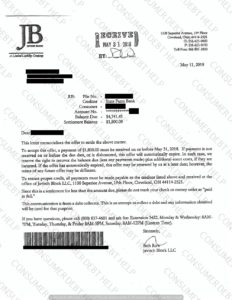
Debt Relief Specialist wants to share a settlement letter from State Farm. Bal. $4741.45 Offer $1800.00 Savings $2941.45

Debt Relief Specialist wants to share a settlement letter from Cabela’s/Worlds Foremost Bank. Bal. $6797.45 Offer $3036.00 Savings $3761.45
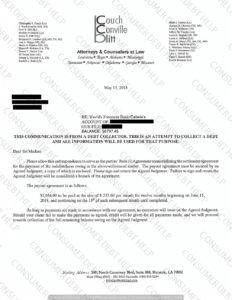
Debt Relief Specialist wants to share a settlement letter from Lending Club/Web Bank. Bal. $4533.43 Offer $1360.03 Savings $3173.40
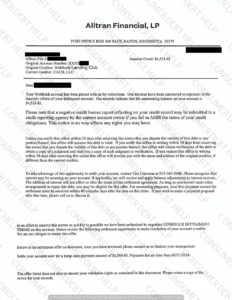
Debt Relief Specialist wants to share a settlement letter from Capital One. Bal. $5315.14 Offer $2200.00 Savings $3115.14

Debt Relief Specialist wants to share a settlement letter from Walmart/Synchrony Bank. Bal. $1053.94 Offer $360.00 Savings $693.94

Debt Relief Specialist wants to share a settlement letter from Sears/Citibank. Bal. $1828.99 Offer $550.00 Savings $1278.99
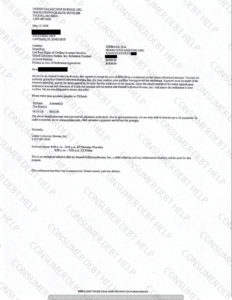
Debt Relief Specialist wants to share a settlement letter from USAA. Bal. $24,685.18 Offer $8000.00 Savings $16,685.18
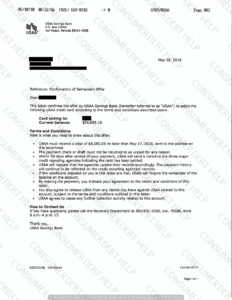
Debt Relief Specialist wants to share a settlement letter from Home Depot/Citibank. Bal. $1688.84 Offer $592.00 Savings $1096.84
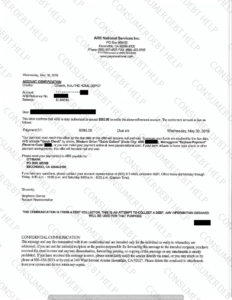
Debt Relief Specialist wants to share a settlement letter from Credit One. Bal. $1578.02 Offer $500.00 Savings $1078.02
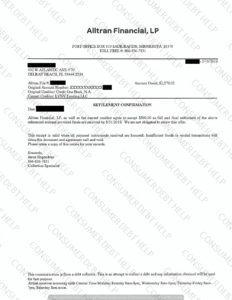
Are there any downsides to using credit cards instead of cash?
There are many signs that the world is moving towards a cashless economy. As just one example, a large study spanning 60 countries found that consumers made a total of 417 billion cashless payments in 2014, up from 311 billion transactions just four years earlier (or a third more, in percentage terms). One recent industry study found that only 14% of American consumers use cash for everyday purchases. And another 2014 study reported that just 9% of people preferred to use cash. 78% of those surveyed, in contrast, preferred to pay for things with a credit or debit card.
Just a decade or two ago, most people used cash for most things. But today, a vast majority of Americans make purchases with credit or debit cards.
The benefits of using a credit card are obvious. There is the convenience. No need to carry big sweaty wads of money. Then there is the liability. If cash gets stolen, it’s gone. There is no recourse. But if a credit card gets stolen, a call to the bank will fix the problem. The shopper has minimal liability, and often no liability at all.
Are there any downsides to using credit cards instead of cash? And more broadly, does it matter how you pay for your purchases?
Well, it turns out that it does matter, and in rather interesting and important ways. Most of our understanding about the effects of paying by cash vs. using a credit card comes from recent consumer psychology research studying the links between payment method and shopper behavior.
#1. Paying with a credit cards is less painful than paying with cash. So shoppers spend more money.
Paying for any purchase produces an immediate pain of paying, which the shopper then balances against the future benefits from consuming it. But this pain is not the same for cash as it is for credit cards. In a 2008 paper in the Journal of Experimental Psychology: Applied, researchers Priya Raghubir and Joydeep Srivastava found that there are significant differences in spending based on how shoppers pay for things. Their main argument was that:
“the more transparent the payment outflow, the greater the aversion to spending or higher the “pain of paying”’ …leading to less transparent payment modes such as credit cards and gift cards (vs. cash) being more easily spent or treated as play or ‘monopoly money.’”
Raghubir and Srivastava argued that using credit cards dulls the ‘pain of paying’ for two important reasons: (1) there is a separation in time between when the credit card is used to buy something and when the bill has to be paid; and (2) using a credit card allows different purchases to be mixed together. When the bill is actually paid (say, once every month), the shopper is not able to attribute the payment to any one particular purchase.
Because of these two reasons, people overspend when using credit cards. In one study, the authors found that participants were willing to spend $175 to throw a Thanksgiving party when using a credit card to buy the food, but only $145 when using cash. These findings have been replicated by others.
#2 Credit card users not only spend more, but they also purchase more unhealthy things.
Another consumer psychology study analyzed the food buying behavior of a thousand households over 6 months. The researcher team found that the shopping baskets of those who paid with credit cards had a larger proportion of impulsive and unhealthy food items like ice cream, candies, cookies, and potato chips. Why? This is what the authors had to say:
“Our conceptualization is based on the premise that when consumers encounter vice products – such as cookies, cakes and pies – the emotive imagery and associated desire trigger impulsive purchase decisions. These visceral factors entice them to include such vice products in their shopping baskets, even though they consider such products to be unhealthy. Pain of payment can curb the impulsive responses, and thus reduce the purchase of such vice products. Since paying in cash feels more painful than paying by credit or debit cards, paying in cash can reduce the purchase of unhealthy food items.”
These studies were done before contactless payments using smartphones like Apple Pay became popular. Today, it is easy to imagine that because these methods make spending money even more painless, they are encouraging shoppers to buy impulsively, over-spend, and purchase unhealthy products even more.
#3 Those who pay with cash enjoy a better relationship with their purchased products.
Recent research shows that payment method also affects the shopper’s relationship with the purchased product. In a series of studies done by Avni Shah and colleagues in a just published paper, the consumer psychologists found that shoppers who paid cash to buy something increased their emotional attachment with the purchase compared to credit card users. In one study, the authors sold mugs emblazoned with the university logo at a discounted price, and then asked study participants the minimum amount that they would demand to give up their mug. Those who paid cash wanted $6.71 for the mug (they had paid $4.95 to buy it just a few minutes earlier). But those who paid with credit card only wanted $3.83.
In other studies, the authors also found that cash users are also less interested in the options they did not select. Instead they publicly signaled their commitment towards the item they did purchase. And finally cash users were more loyal and likely to make a repeat purchase afterwards. In the context of donations, the authors found that those who paid cash were 9.9% more likely to donate again over the course of a year than those who donated using a credit card.
Cash or Credit Card?
We end up with a paradox with these findings.
The world is moving rapidly towards payment methods that are more and more convenient and less and less painful. Stores encourage us to brandish our credit cards, and increasingly, to use our smartphones to pay in seconds with a click of a button. Cash is frowned upon as slowing things down, outdated, and suspicious. Sweden is on its way to becoming completely “cash-free” and other countries are sure to follow.
And we, in our naïve enthusiasm for speed and convenience, are adopting these payment methods uncritically. But as the research described here shows, there are some serious downsides to using painless payment methods. When compared to paying by cash, people tend to overspend, they buy things impulsively, their shopping baskets tend to fill with unhealthy food, and they are less committed to products they have purchased. Even for marketers, this is mixed news.
The message is clear. As shoppers, we need to balance the convenience of paying with negative outcomes that we are likely to suffer because we no longer feel the pain of paying.
copyright 2024 Consumer Debt Help Association - 516 N. Dixie Highway, Lantana, FL 33462. All Rights Reserved